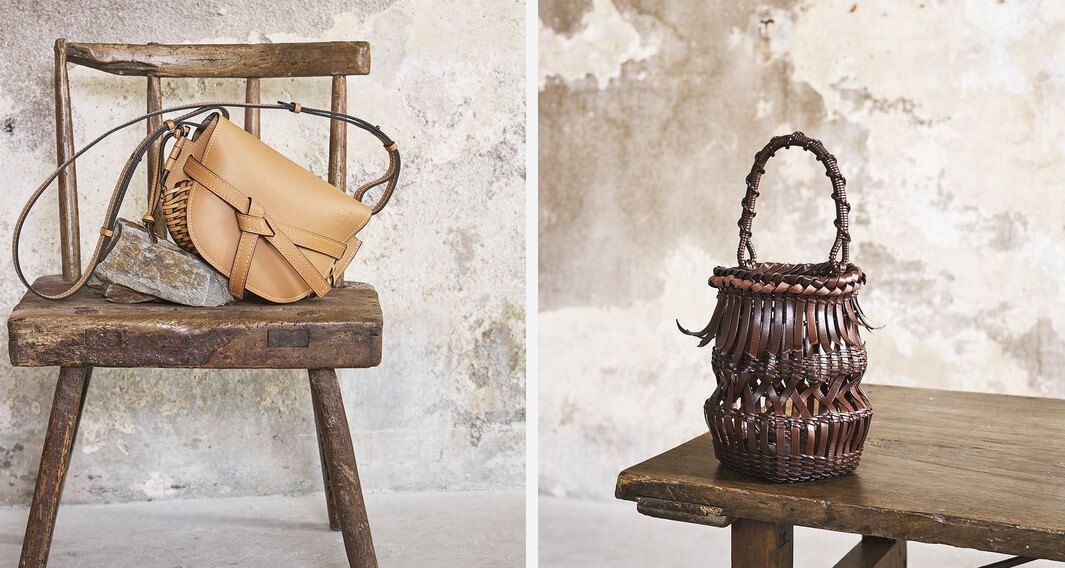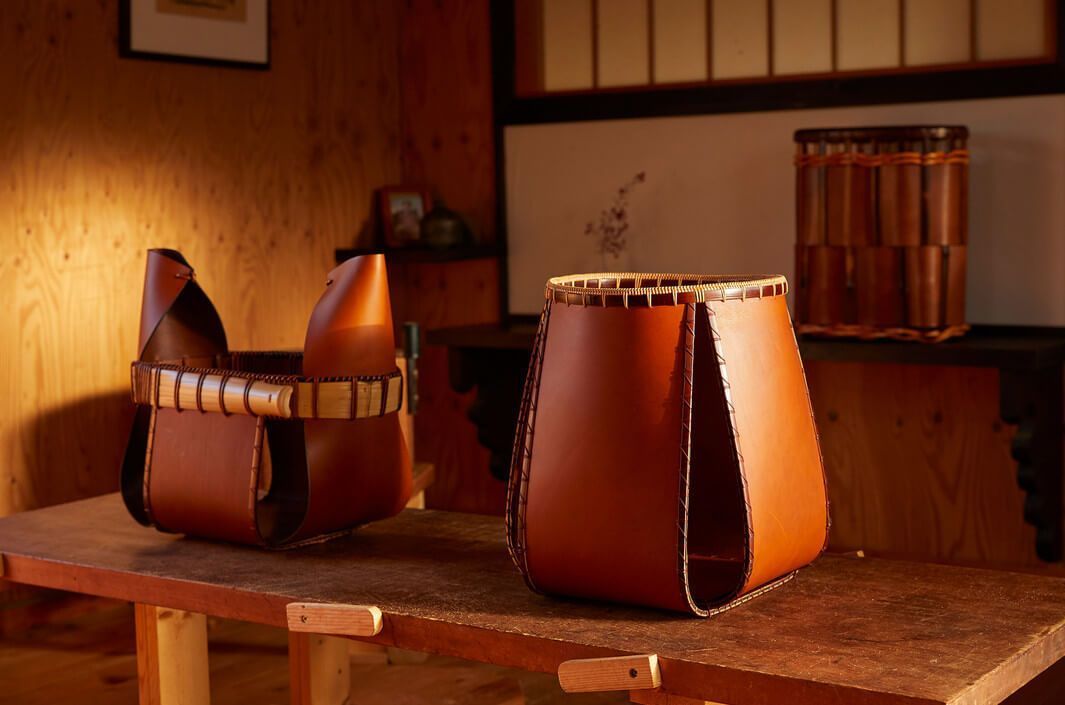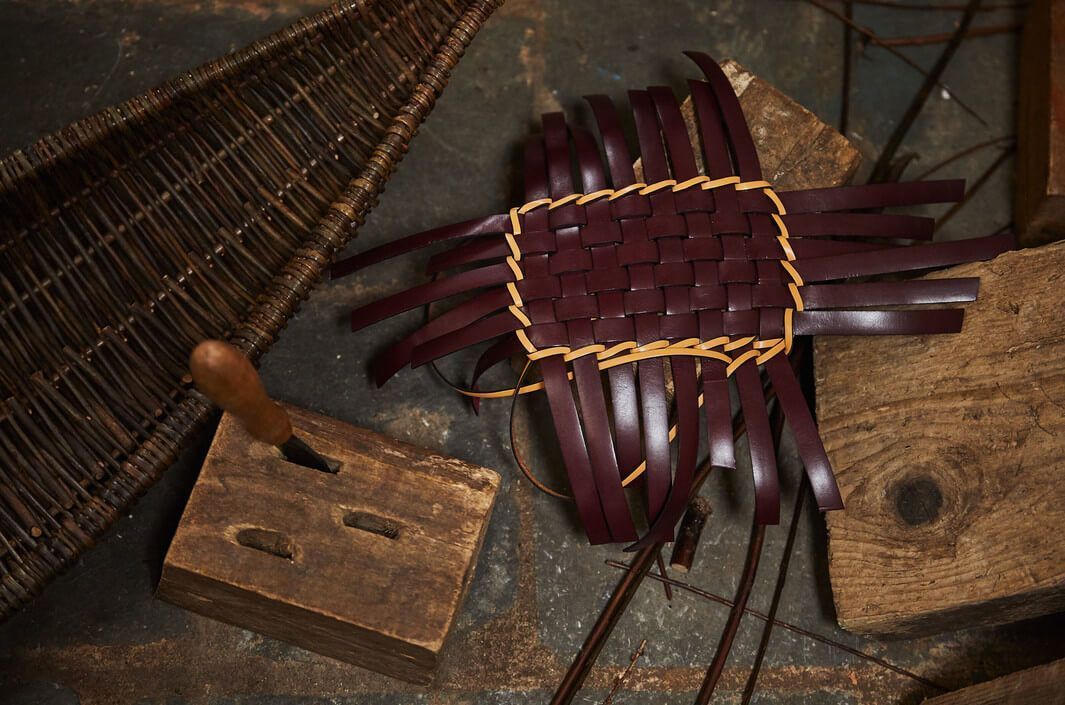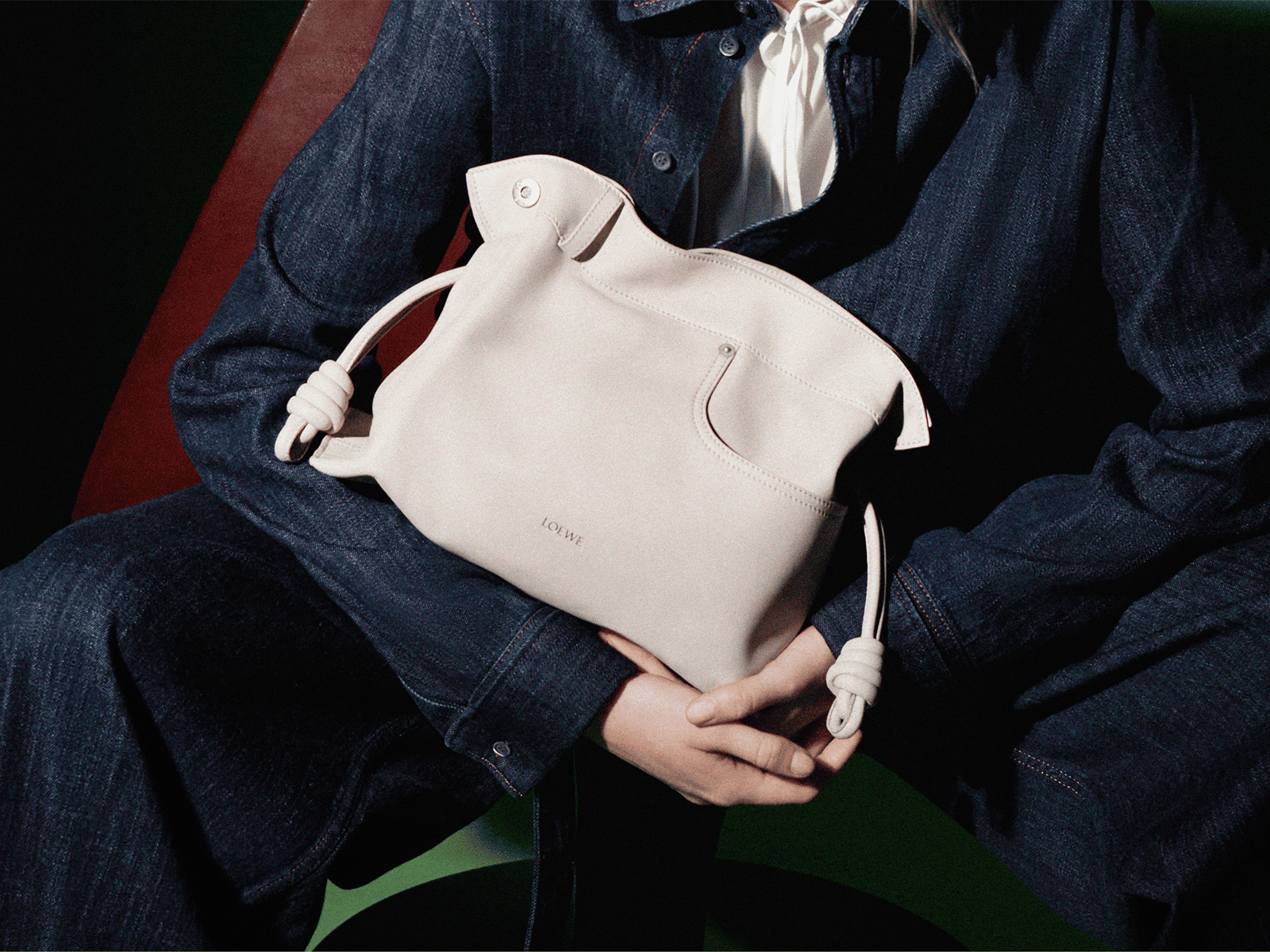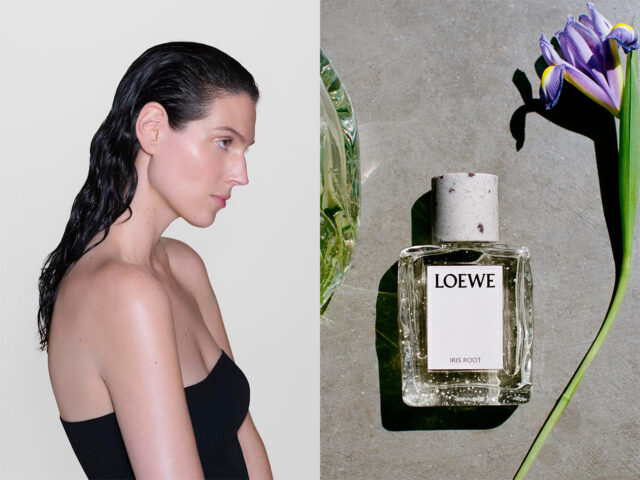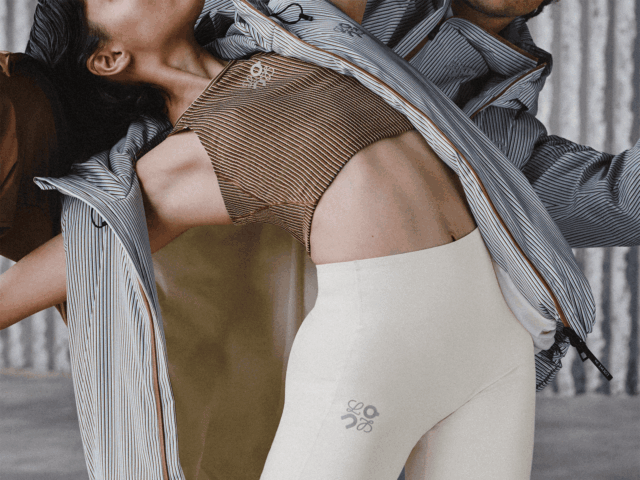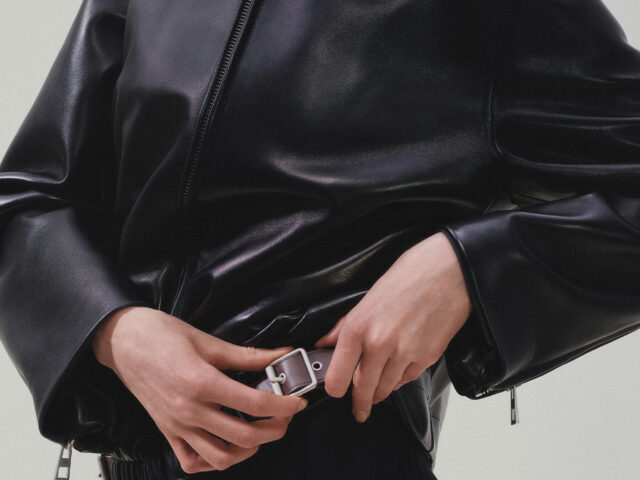The Spanish firm has returned to Design Week in Milan, for the fifth consecutive year, to give voice to traditional methods. In their “LOEWE Baskets” collection, basketry techniques are used in their existing products, including the iconic Gate bag.
LOEWE is known for its exuberant handcrafted heritage dating back to its beginnings as a collective of leather makers. That’s why it has always valued craftsmanship techniques in its approach to design and manufacturing. From Madrid, his master craftsmen combine traditional methods with new technologies. They are constantly exploring the combination of shapes and materials to define modernity through fashion and leather goods.
On this occasion, the brand has challenged traditional artists from around the world to dare to work in a new medium: leather. In the project, traditional basketmakers, who share a deep knowledge of their disciplines, bring their own distinctive style. These masters of craftsmanship have designed a series of exclusive art objects. In addition, they have created a collection of handbags, accessories and home furnishings that will accompany the exhibition and will be available for sale.
For this collection, LOEWE has uploaded an inspiring short film about the amazing story behind this technique. It is clear that time has the opportunity to turn knowledge into tradition and even culture. Since the prehistoric rituals of the baskets of hunters and agricultural gatherers have existed as much more than mere containers.
For this reason, the firm contacted ten international craftsmen and invited them to interpret basketry and calligraphy in their inimitable way.
For the Japanese master bamboo artisan Hafu Matsumoto, the arcane qualities of this material are an inexhaustible source of inspiration. The words of his master guide him with immutable authority, “he told me that I should do something as beautiful as green bamboo itself, something that even he could not do”.
At the other end of the world, in Galicia, María Jesús y Rosa are the modern faces of fishing. They are among the few that still preserve the knot weaving and confection techniques that have accompanied the fishing industry in northern Spain. And although it has existed for centuries, its trade was not formally recognized until 2010.
At the same time, the Japanese Arko laments the growing schism between the built environment and the natural. The artist is inspired by her childhood memories of thatched roofs “I think there is a reason why those things disappeared, and I am convinced that if we look at it again from another point of view, something new could emerge”.

On the other hand, the Galician artisan Álvaro Leiro confesses that one of the things that most marked him was to see how what he was doing was about to be lost forever.
Irish basket maker Joe Hogan has an instinctive desire to explore. “Everything is a learning curve you think could that improve? So every time I make a basket I ask myself this question: is there anything I would do differently or change or improve?” Hogan’s quest for the perfect basket is far from a formula. “Looking at it from the outside, I think it often baffles people with the idea that you have to avoid repetition, while I think most artisans who get into that rhythm learn so much by redoing it until it becomes something really natural, and that’s when if you like frustration stops, you know that because you have more control over your material.
You can now watch the complete documentary video by clicking here. In addition, “LOEWE Baskets” will be available in store and on loewe.com from May 30th.
Sigue toda la información de HIGHXTAR desde Facebook, Twitter o Instagram
You may also like...
